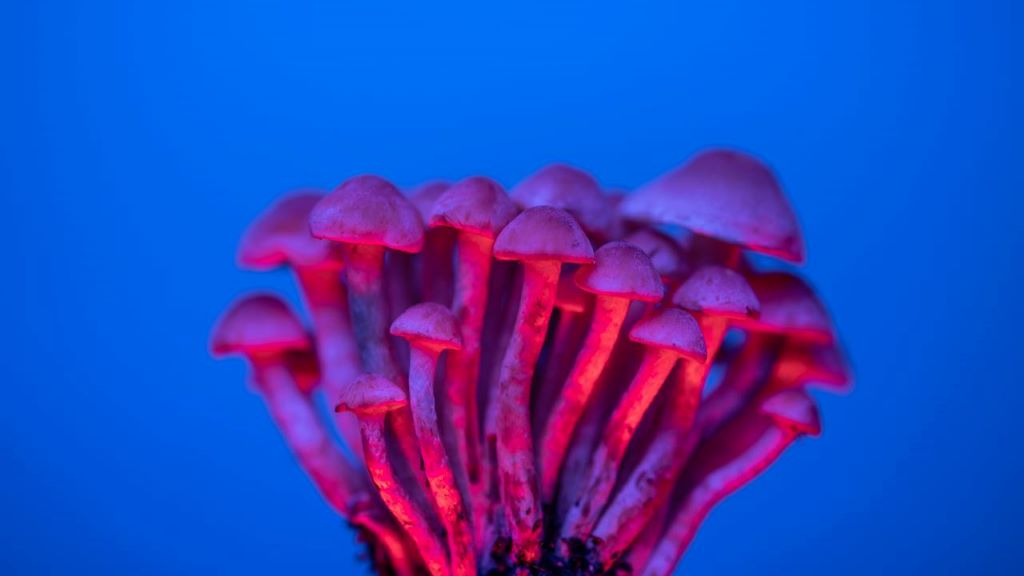Inaoside A, a New Antioxidant Derived from Mushrooms

Natural products have unique chemical structures and biological activities and can play a pivotal role in advancing pharmaceutical science. In a pioneering study, researchers from Shinshu University discovered Inaoside A, an antioxidant derived from Laetiporus cremeiporus mushrooms. This breakthrough, published in the journal Heliyon, sheds light on the potential of mushrooms as a source of therapeutic bioactive compounds.
The search for novel bioactive compounds from natural sources has gained considerable momentum in recent years due to the need for new therapeutic agents to combat various health challenges. Among a diverse array of natural products, mushrooms have emerged as a rich reservoir of bioactive molecules with potential pharmaceutical and nutraceutical applications. The genus Laetiporus has attracted attention for its extracts exhibiting antimicrobial, antioxidant, and antithrombin bioactivities. The species Laetiporus cremeiporus, spread across East Asia, has also been reported to show antioxidant properties. However, the identification and characterisation of specific antioxidant compounds from this species have not been conducted.
In a groundbreaking study, researchers led by Assistant Professor Atsushi Kawamura from the Department of Biomolecular Innovation, Institute for Biomedical Sciences, Interdisciplinary Cluster for Cutting Edge Research, Shinshu University, along with Hidefumi Makabe from the Department of Agriculture, Graduate School of Science and Technology, Shinshu University, and Akiyoshi Yamada from the Department of Mountain Ecosystem, Institute for Mountain Science, Interdisciplinary Cluster for Cutting Edge Research, Shinshu University, recently discovered the antioxidant compound derived from L. cremeiporus.
The researchers collected fresh fruiting bodies of L. cremeiporus from the Ina campus of Shinshu University. The obtained extracts were concentrated and partitioned between water and ethyl acetate. After this, the extracts were subjected to advanced chromatographic techniques, which led to the successful isolation of Inaoside A, a new antioxidant phenolic compound, along with three other well-characterised bioactive compounds, i.e., 5′-S-methyl-5′-thioadenosine (MTA), nicotinamide, and adenosine.
“Our study marks the pioneering discovery of Inaoside A from an extract of the edible mushroom Laetiporus cremeiporus. To date, there has been only one prior report on the biological function of an extract of L. cremeiporus. We are the first to uncover the isolation of an antioxidant compound from L. cremeiporus,” states Professor Kawamura, highlighting the breakthrough research.
Next, the researchers wanted to determine the structure of the newly found antioxidant compound. For this, they utilised one and two- dimensional NMR and other spectroscopic analyses. The structure of Inaoside A revealed a planar configuration. With a molecular formula of C17H24O7, the compound was found to feature a distinctive ribose moiety, identified as α-ribofuranoside through stereochemical analysis. Subsequent investigation into the absolute stereochemistry confirmed the D-ribose configuration, thereby reinforcing the planar structure of this compound.
The mushroom extracts were then isolated into fractions to determine the antioxidant activities of the four isolated bioactive compounds. These fractions were then examined by DPPH radical scavenging and superoxide dismutase assays. The findings were noteworthy as the DPPH radical scavenging activity exhibited by Inaoside A was significant, showing 80% inhibition at 100μg/mL, indicative of its significant antioxidant properties. The IC50 value of Inaoside A was determined to be 79.9μM, further highlighting its efficacy as an antioxidant agent.
What are the objectives of the researchers following the discovery of Inaoside? Professor Kawamura reveals, “We are now focusing on investigating the chemical compositions and biological properties of natural compounds obtained from mushrooms. Our goal is to uncover the potential of edible mushrooms as functional foods through this discovery.”
The identification of Inaoside A as an antioxidant from Laetiporus cremeiporus marks a significant breakthrough in natural product research, highlighting the potential of mushrooms as a source of therapeutic bioactive compounds. These findings may lead to the development of novel antioxidant-based therapies for various health conditions. Further studies should focus on synthetic research and detailed investigations into the biological activity of Inaoside A, aiming to harness its potential as a pharmaceutical lead compound.
Source: Shinshu University

